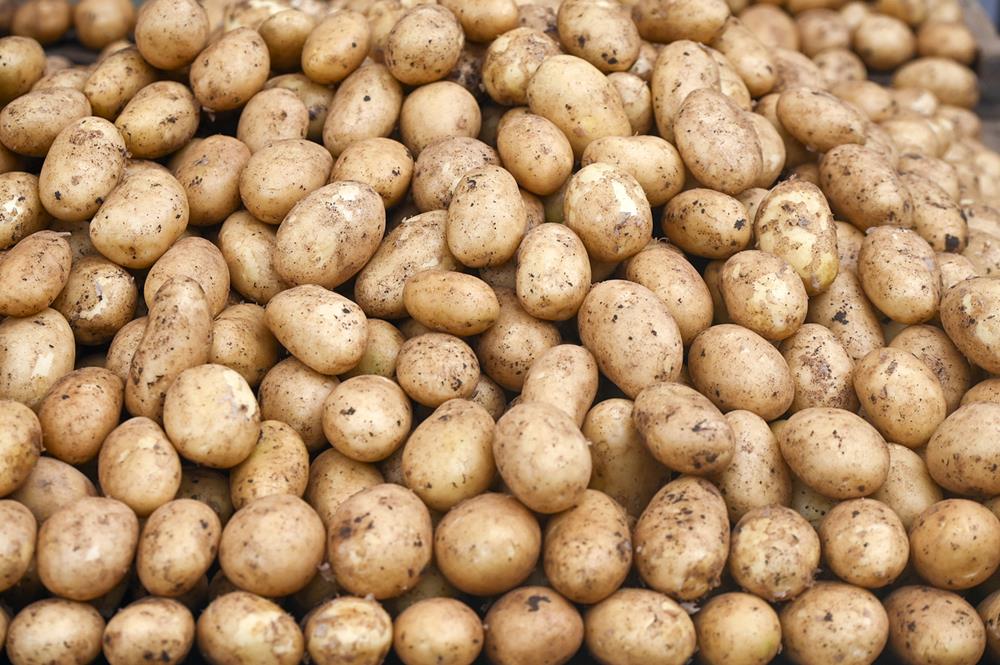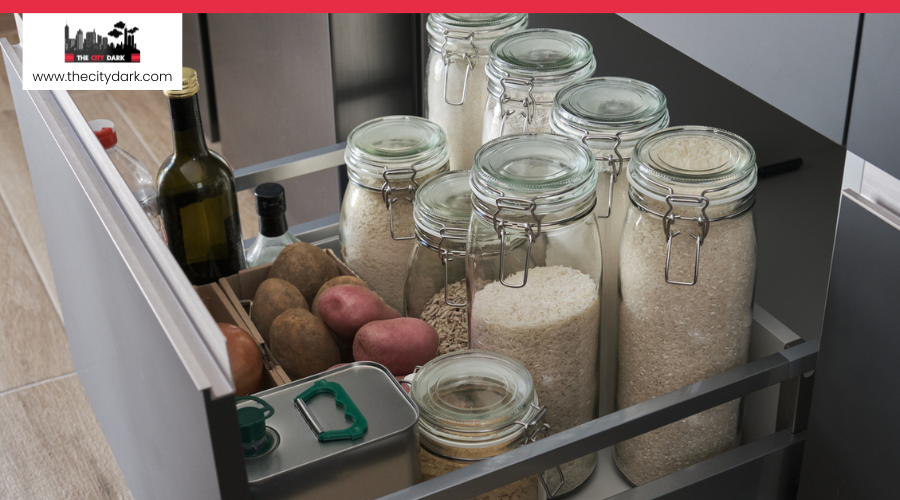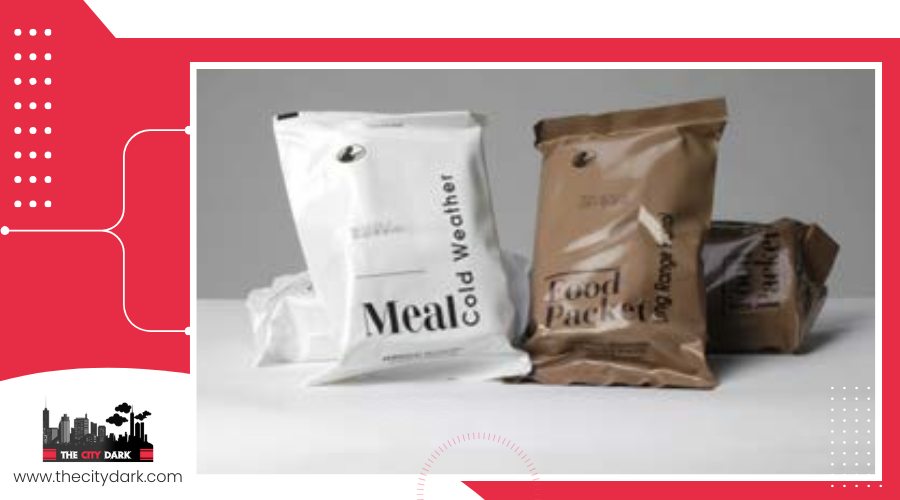How to Store Flour Long Term: Tips for Preppers
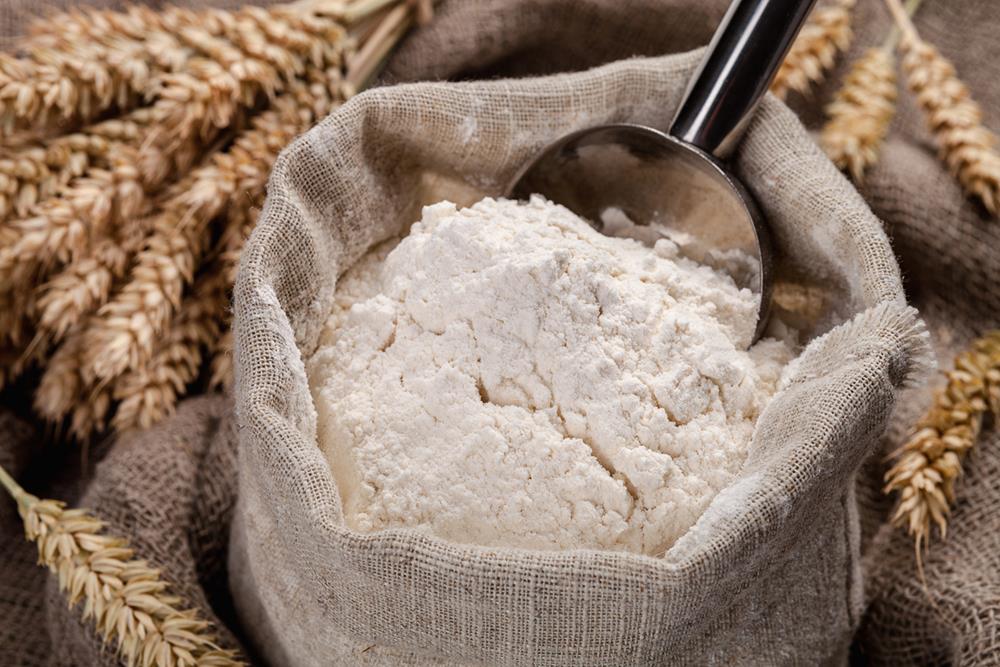
Flour is a kitchen staple, but if you’re prepping for the long haul, knowing how to store it properly is essential. Over time, flour can spoil or attract pests if it’s not kept under the right conditions. Whether you're stocking up for emergencies, baking in bulk, or just looking to build a more resilient pantry, this guide will walk you through the best methods for storing flour long term.
| Storage Method | Description | Estimated Shelf Life | Benefits |
|---|---|---|---|
| Airtight Containers | Store flour in sealed, airtight containers to block moisture, pests, and air. | Up to 1 year (room temperature) | Simple and reusable; protects against insects and oxidation. |
| Mylar Bags with Oxygen Absorbers | Use food-safe Mylar bags combined with oxygen absorbers to remove air and preserve quality. | Up to 5–15 years | Excellent long-term option; protects against moisture, pests, and spoilage. |
| Freezing | Store flour in the freezer to extend shelf life and kill any insect eggs. | 1+ year | Preserves freshness and prevents infestations. |
| Cool, Dark Storage | Keep flour in an area with stable temperatures between 60–70°F, away from heat and humidity. | Varies by method (supports other storage methods) | Slows spoilage; helps maintain texture and flavor. |
| Professional Packaging | Flour is pre-packaged using Mylar, oxygen absorbers, and sealed containers for long-term emergency storage. | Up to 15 years | High-quality, convenient, and reliable; ideal for bulk storage and prepping. |
| Regular Inspection | Check stored flour every 2–3 months for mold, odor, pests, or clumping. | Ongoing (supports quality control) | Helps catch spoilage early and extend overall shelf life. |
The Importance of Storing Flour Long Term
Storing flour long term isn’t just about keeping a pantry item fresh—it’s about ensuring you have a reliable, versatile food source for both daily use and emergency situations.
As a key carbohydrate, flour provides energy and plays a vital role in countless recipes. For preppers, it’s an essential staple that supports both nutrition and comfort during uncertain times.
By using airtight containers, mylar bags with oxygen absorbers, or even freezing methods, you can protect flour from moisture, pests, and spoilage—extending its shelf life for five years or more.
In emergencies, having safe, non-perishable foods like flour helps reduce the risk of foodborne illness and guarantees your family has access to filling, nutritious meals. Long-term storage also helps preserve the ability to make familiar, home-cooked dishes—something that can bring a sense of normalcy when it's needed most.
Factors That Cause Flour to Spoil
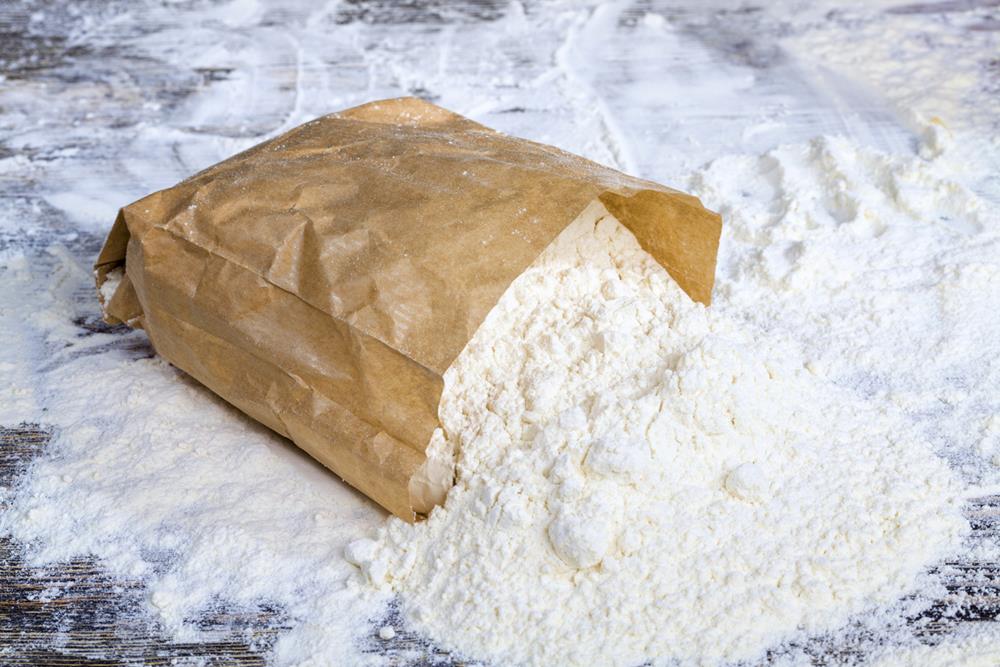
Flour might look like it lasts forever, but it can spoil if you’re not careful. Here are the main things that can ruin your flour:
Insects: Pests like weevils and flour bugs can get into your flour and make it unusable. Sealing it tightly helps keep them out.
Moisture and Humidity: If flour gets damp, it can grow mold or bacteria. Always store it in a cool, dry place.
Oxygen: When too much air gets in, it can cause the flour to go rancid and lose nutrients. Airtight containers are key to preventing this.
Even with good storage, it's smart to check your flour now and then. If it smells sour or musty, has a strange color, forms clumps, or feels gritty, it’s best to throw it out.
How to Identify Spoiled Flour
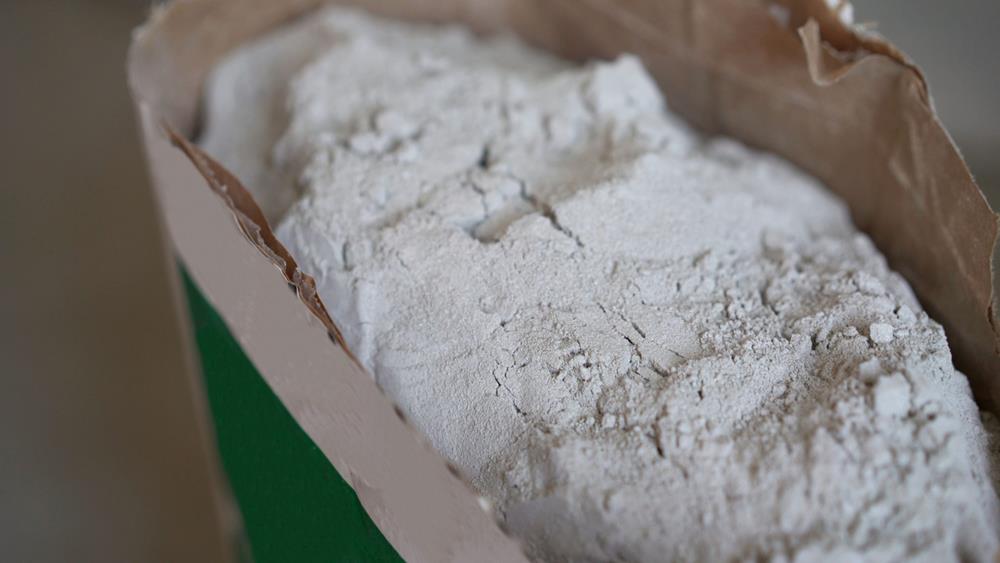
Even with good storage, flour can still spoil over time—so it’s important to know what to look for.
Check the expiration date first. If it’s past the date and hasn’t been stored properly, it may be time to toss it.
Smell it. A sour or musty odor is a clear sign the flour is no longer good.
Look closely. Mold, clumps, or changes in color or texture usually mean moisture has gotten in.
Feel the texture. If the flour feels gritty or unusually coarse, it may be spoiled.
Watch for bugs. Insects like pantry weevils make the flour unsafe to eat.
By knowing these signs, you can keep your food storage safe and avoid using flour that could be harmful.
Effective Storage Methods for Flour
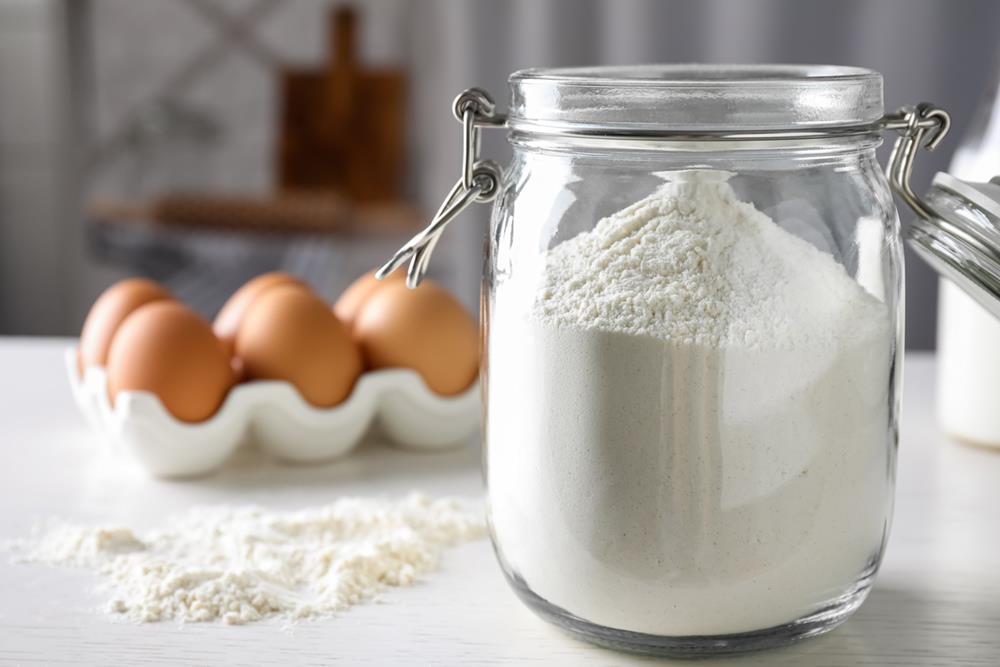
Want your flour to last? Here are some easy and effective storage tips:
Use airtight containers. They keep out bugs and air, helping your flour stay fresh longer.
Try Mylar bags with oxygen absorbers. These are great for long-term storage—flour can last over 5 years when sealed this way.
Freeze or refrigerate it. Freezing flour keeps it fresh for up to a year or more and also kills any insect eggs that might be inside.
Store in a cool, dark place. Aim for a spot between 60–70°F, and avoid areas with heat or humidity.
Check it regularly. Every 2–3 months, take a quick look for signs of moisture, mold, or strange smells to make sure it's still good.
With these simple methods, you can keep your flour fresh, safe, and ready to use whenever you need it.
Advantages of Professional Packaging for Flour
Using professionally packaged flour is one of the best ways to ensure long-term freshness and quality. These packaging methods use high-grade materials—like food-safe Mylar bags combined with oxygen absorbers—to lock out air, moisture, and pests.
This advanced packaging can keep flour fresh for up to 15 years, making it an excellent option for emergency preparedness or long-term storage. It helps preserve the flour’s flavor, texture, and nutrients far better than standard packaging.
Buying professionally packaged flour in bulk also saves money and gives you access to a variety of flour types, which helps avoid “food fatigue” during extended emergencies.
In short, professional packaging gives you peace of mind, knowing your flour is safe, long-lasting, and ready to use when you need it most.
Key Considerations for Long-Term Flour Storage
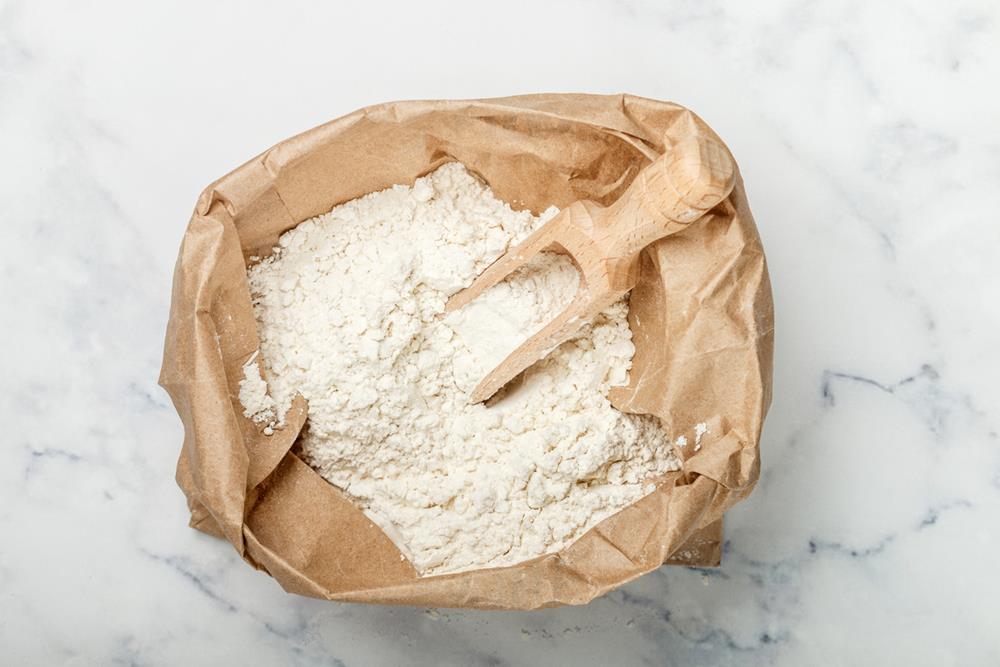
Storing flour long term takes more than just tossing a bag in the pantry—it requires planning and the right conditions to ensure it stays fresh, safe, and ready to use when needed. Here are some key points to keep in mind:
Choose the Right Storage Materials: Use Mylar bags with oxygen absorbers or airtight containers to protect against moisture, pests, and oxidation. This is especially important for whole wheat flour, which contains more natural oils and spoils faster than white flour.
Understand Shelf Life Differences: White flour generally lasts longer than whole grain or alternative flours due to its lower fat content. Keep this in mind when choosing what to store.
Ideal Storage Conditions: Store your flour in a cool, dry, and dark environment. Aim for temperatures between 60°F and 70°F to slow spoilage and maintain quality.
Inspect Regularly: Check your stored flour every 2–3 months for any signs of spoilage, including mold, pests, off smells, or discoloration. Regular checks help prevent waste and ensure your supply remains safe to eat.
Consider Bulk and Pre-Packaged Options: Professionally packaged flour—sealed in food-safe Mylar with oxygen absorbers—is a convenient and reliable option for preppers. These products can last up to 15 years and are ideal for building emergency food reserves.
By following these guidelines, you’ll protect one of your most important pantry staples and ensure a dependable food source for both everyday use and long-term preparedness.

